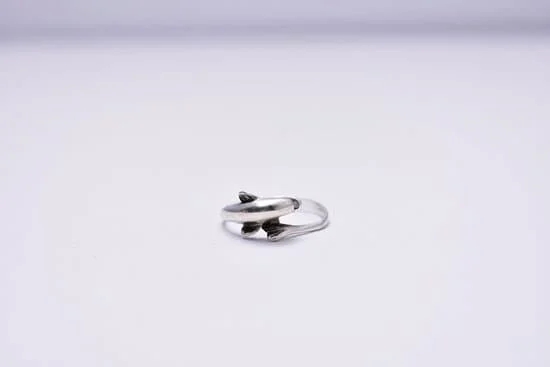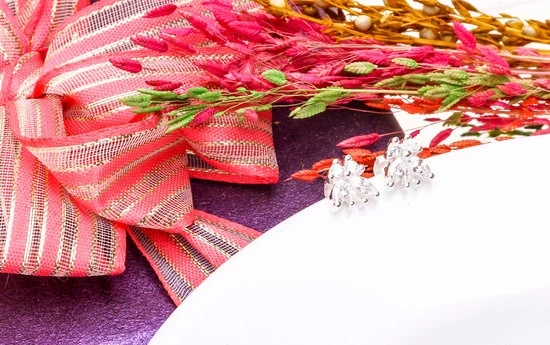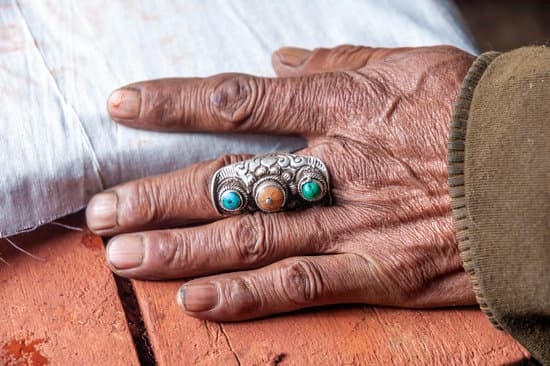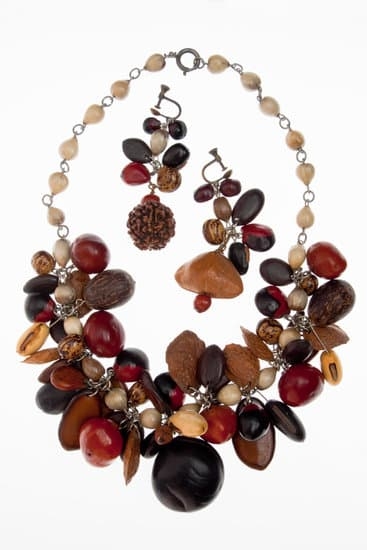How Do I Know if My Jewelry Is Real Diamonds
Diamonds have long captivated the human imagination with their dazzling beauty, rarity, and timeless appeal. Whether it’s a cherished heirloom or a new piece of jewelry, knowing whether your diamonds are real is crucial for both sentimental and financial reasons. …





